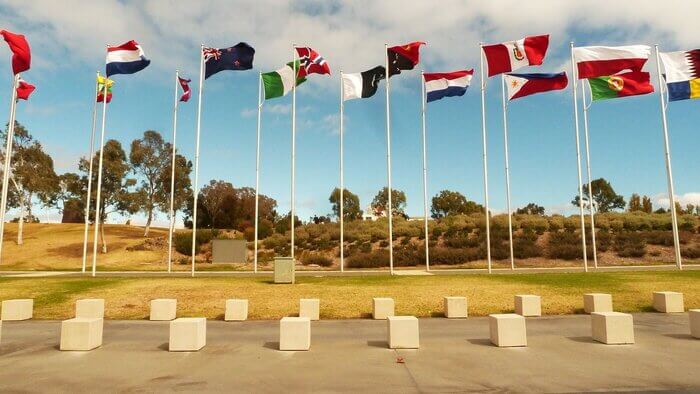Best Tips for Getting Your Technical Documentation Translated
 ClickHelp Teamin Technical Writing on 5/26/2021 — 5 minute read
ClickHelp Teamin Technical Writing on 5/26/2021 — 5 minute read ClickHelp Teamin Technical Writing on 5/26/2021 — 5 minute read
ClickHelp Teamin Technical Writing on 5/26/2021 — 5 minute read

Imagine a situation: you are to master a piece of software but you don’t know what to begin with. And you find a user guide for your product. You start looking it through and see that it contains information in a wide variety of languages. The first idea that comes to your mind is: what if they don’t have my language? And, finally, you see it. What a relief! Now, you are going to find answers to all your questions… No such luck! You can hardly understand what the user guide is telling you. How come? Technical documentation is supposed to make a user’s life easy. Let’s look at what has gone wrong with the translation and how a technical writer can prepare technical documentation for the international market.
Translation of technical documentation is essential for companies that want to sell their products globally. Businesses invest a lot in hiring experts to prepare high-quality translations. Why do they do it? First of all, they care about the positive image of the brand. Companies that take care of their clients gain trust and long-term relations with customers and partners. And, they want to reduce the negative aftermath of improper translation and, of course, responsibility: if customers do not understand how to use a product, they contact support more often which increases expenses; they cannot use a product properly and may even face such unpleasant things as incorrect edits and calculations, or even data loss. And what if we talk not only about data but also about health and safety? That is when we are to think about the price of poor translation.

One might say that preparing a high-quality translation is what a translator should do. A technical writer is to prepare the document itself, and there is no need to blend the two occupations. But I’m going to tell you the following:
Successful translation depends on what a technical writer does to help a translator.
It means that it is high time for tech writers to change their routine to make technical documentation translatable. And here is what you need to know:
Definitely, those tech writers who deal with translation would be happy to find a tool that can combine both technical writing and translation. Being aware of this we are happy to announce that in a couple of weeks ClickHelp will become such a tool. Our new release is coming. And here is a sneak peek of the new functions you are going to get:
These are just a few innovations, the whole list of them will be covered by our new release blog that is coming soon. We did our best to make the symbiotic relations between technical writers and translators more efficient and fruitful and we hope you’ll enjoy our product.

International cooperation and globalization are the two overall processes that are speeding up every day. And, surely, they influence such industries as technical writing and technical translation. Well-done translation can increase the engagement of your target audience. A poor translation can ruin the finest user guide and even reduce sales. As a technical writer, you CAN and SHOULD prepare your technical documentation for translation. A high-quality translation is always a result of a collaboration of both technical writers and translators. Only a high level of understanding will lead to great results. And software products and services are meant to help this type of cooperation. ClickHelp is one of such tools that can meet the needs of both sides.
Good luck with your technical writing!
ClickHelp Team
Author, host and deliver documentation across platforms and devices
Get monthly digest on technical writing, UX and web design, overviews of useful free resources and much more.
"*" indicates required fields